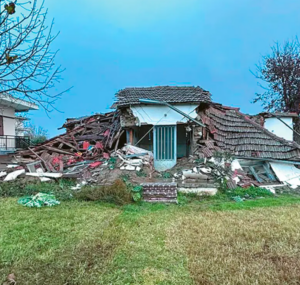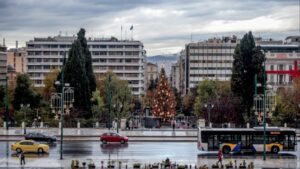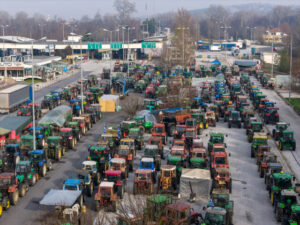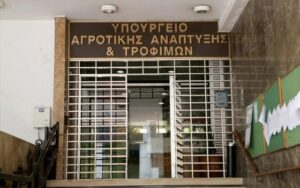Last September, the waters from Storm “Daniel” inundated entire villages in Karditsa, with only the rooftops visible above the deluge. Experts raised the alarm, warning that people sheltering on their roofs were in immediate danger, as their homes were at risk of collapsing. Indeed, many houses in Palamas, Farkadona, and surrounding areas collapsed with a thunderous crash, practically melting away. These homes, constructed from raw mud bricks, had been submerged for days, causing the protective plaster to disintegrate and the walls to crumble like paper. A massive rescue operation was launched using boats and army helicopters, evacuating hundreds to safety.
Mission to Thessaly: In the Villages that were hit by Storm Daniel
When the water finally receded, the full extent of the destruction became clear. While lives were saved, the damage was immense. As noted by Professor Kostas Synolakis, an academic in Natural Disasters, some people had been stranded for up to three days before being rescued, as their mudbrick homes collapsed with astonishing speed.
“I heard explosions all night,” recalls Dimitris Stergiou, 64, from Farkadona, one of the areas where the mudbrick homes fell apart. Today, a year later, piles of mud remain, mixed with furniture and personal belongings — remnants of what was once a home.
“Nature out of Sync”
Dimitris Stergiou, a lifelong hunter, observed first-hand what scientists call climate change. “I’ve been in nature since I was a child. Nature is out of balance. You can’t have blackbirds in 40-degree heat,” he says. As a garage owner in Farkadona, he quickly realized the danger. “We moved out the machines, sometimes we could get through the water, sometimes not. I drove around the surrounding villages. Vlochos, Marathea, and Metamorfosi were gone. I said, ‘Let’s go;’ I feared for my family, we had small children. As time passed, levees broke, and the sound of water rushing in was terrifying.”

After securing his family, Stergiou and his son, like many locals, began evacuating people from flooded Farkadona using tractors and boats. “We didn’t know what was beneath the boat…” he says. He is worried about the future: “Half the population of Farkadona has left. How will the shops survive with only half the customers?” he wonders.
A Tradition of Mudbrick Construction Was Washed Away
The rivers that last year drowned the plain of Palamas were the same rivers that had attracted people to settle nearby: they provided water for crops and building materials, including the mud used to make bricks. Author and local history researcher Vasiliki Koziou-Kolofotia explains that every village had a designated area near the river where residents could dig and make handmade mudbricks. The process of making these bricks began in spring and ended in summer.
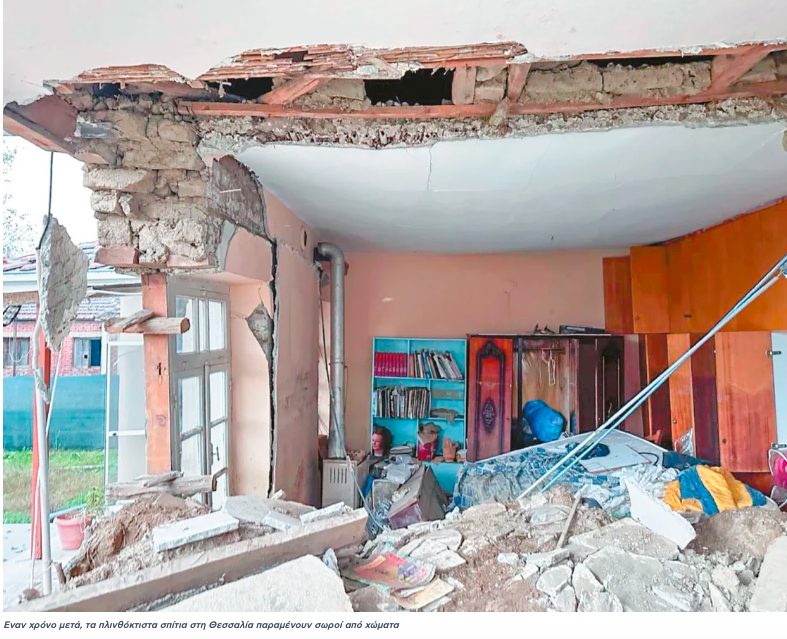
This method of construction had been followed for thousands of years, and the homes survived largely because no major earthquakes occurred and the plaster acted as a protective shield. Over the years, additional rooms were often added using stone or concrete. After “Daniel,” many houses partially collapsed, leaving only the newer sections standing.
Vlochos: A Village in Ruins
Vlochos, perhaps the hardest-hit village, now has only 15 to 20 families remaining from the 142 that lived there a year ago. Today, 115 families from Vlochos have requested the relocation of the entire village, though some want to stay. As a compromise, partial relocation — allowing those who wish to leave to do so — has been suggested. The last time Vlochos “melted” was during the great flood of 1953.
Relocating Lives
Many villagers were forced to rent housing wherever they could find it, from Karditsa to Larissa, Trikala, and Palamas. “We became refugees in our land,” says Apostolos Papakyrtsis of Vlochos. He describes houses that are now crumbling, with cracks and gaps visible everywhere. “We live in constant fear. Climate change makes things worse every year. After ‘Ianos’ came ‘Daniel,’ and then ‘Elias.’ You can’t keep starting over,” he says.
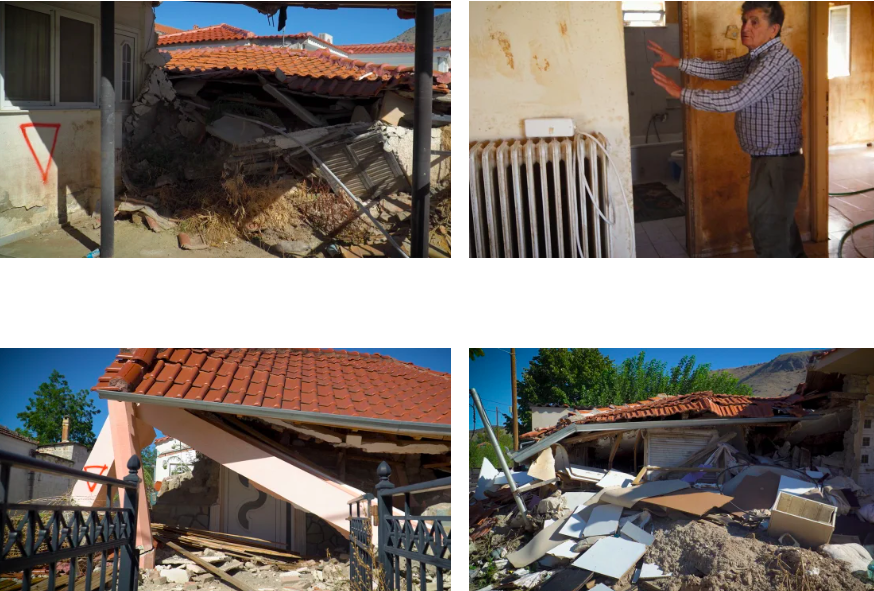
Sotiris Giotas, a driver, now rents a home while also paying for his daughter’s education in Thessaloniki. He supports the relocation idea. “How can I tell my younger daughter, who only has a nearly useless old bike left, to come back here? All the children are scared at the first sign of rain,” he explains.
A Future Full of Fear
The threat of another flood weighs heavily on all the residents. Even those who have managed to restore some semblance of normalcy live with the fear that another disaster could strike at any time.
Chrysoula Tegopoulou, a 70-year-old resident of Vlochos, spent nine months cleaning her destroyed home. “I was born after the 1953 flood and grew up with fear,” she says. Today, at the first sign of rain, she packs a bag and leaves for Larissa. “I don’t want to rebuild everything I lost — I just want it clean so my family can visit,” she says.
One year after Storm Daniel, the residents of Vlochos and surrounding villages are still struggling to rebuild their lives, unsure of what the future holds.
Ask me anything
Explore related questions
